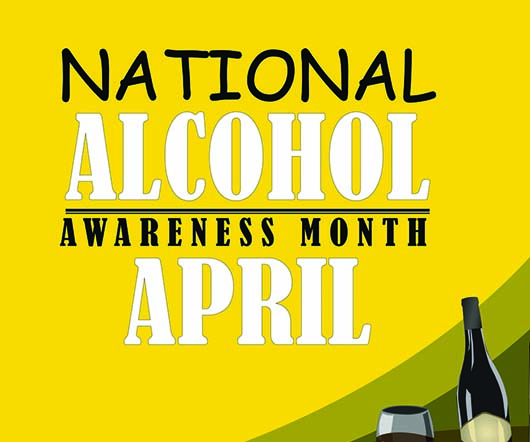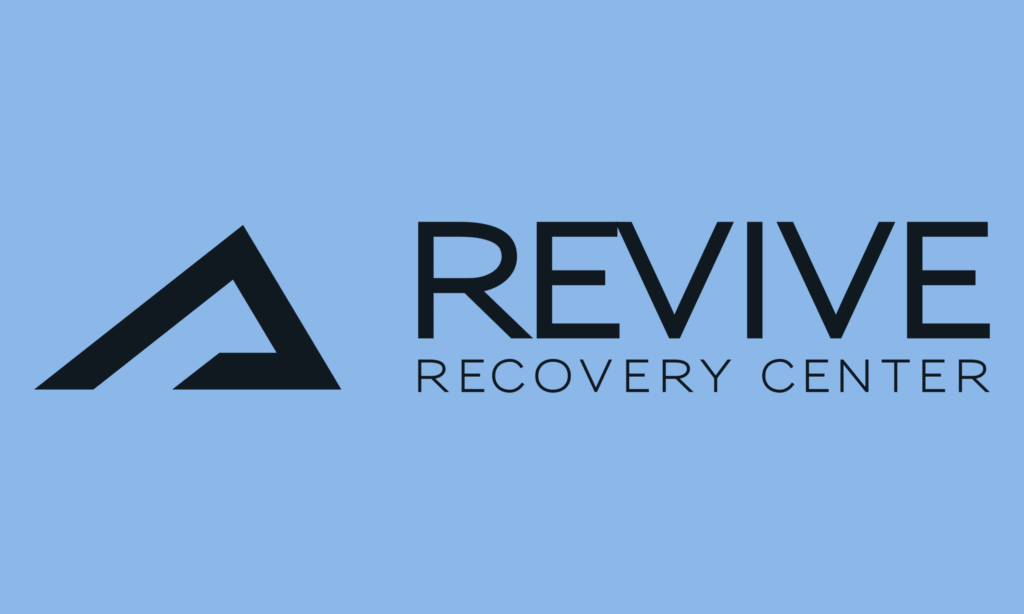Addiction: Few Offer Concrete Proposals on Campaign Trail
Many presidential candidates are talking about addiction, but few are offering concrete proposals to combat it, The Boston Globe reports.
Jeb Bush, Carly Fiorina and Chris Christie regularly speak of addiction struggles among family members.
“For those candidates to say they have these personal stories — fine, we all have these stories. Tell me what you’re going to do. You’re not running to be storyteller-in-chief,” said Patrick Kennedy, a former U.S. representative from Rhode Island who has a personal history of drug and alcohol abuse, and advocates for changing the way addiction is treated in the health care system.”
“Tell me what you’re going to do. You’re not running to be storyteller-in-chief,” said Patrick Kennedy, former U.S. representative from Rhode Island.”
Senator Bernie Sanders called for a radical change in how addiction is treated, he has not explained how he would address the crisis. Hillary Clinton announced a $10 billion proposal to treat addiction in September. While she has released the most details about her plan to treat addiction, some advocates describe her five-point plan as a token fix that expands current ineffective strategies.
Christie unveiled a proposal to create a drug court in each federal court district so nonviolent drug offenders could be offered treatment instead of jail. The funds saved by keeping people out of jail would be used to create more treatment programs, he said. Christie’s critics say he has not been effective in treating addiction in New Jersey.
Bush has released a plan that would focus on better parenting and increased border security to reduce drug trafficking. He said he wants to improve prescription drug monitoring and expand drug courts, but has not explained how much the plan would cost or how it would work.
Trump has said he would build a wall along the Mexican border to keep out drugs, while Ohio Governor John Kasich said teachers should provide students with a weekly antidrug message. Fiorina has said the nation needs to invest more in mental health and addiction treatment, but has not provided details.
Melissa Thornburg joins Prescott House
Established in 1988, Prescott House has provided outstanding services to men and their families from across the country and abroad. Throughout the years, we have found that long-term recovery is best achieved through long-term treatment. Prescott House is committed to providing precisely that: excellent clinical care in a close-knit recovery community. This commitment is founded on a firm belief in recovery of the mind, body, and spirit.
Melissa has been an active member of Prescott’s 12-Step recoverycommunity for over seventeen years. She began her journey in recovery at a nationally renowned treatment program here in Arizona, back in 1998. Since that time, she’s graduated Magna Cum Laude from Northern Arizona University’s Electronic Media Program where she focused on communications and worked in broadcasting in both radio and television. Her combination of personal recovery and work experience makes her a perfect fit for carrying the message of Prescott House to both professionals and families seeking treatment for men with substance use and/or process disorders, such as sexual addiction.
Melissa carries Life and Health Insurance Licensure in all fifty states, is a 200-Hour Registered Yoga Instructor and has completed both Bessel Van Der Kolk’s Trauma Sensitive Yoga Certification and her first year in Peter Levine’s Somatic Experiencing Practioner Program. For more on Prescott House visit prescotthouse.net.
Mailing Free Nicotine Replacement Patches to Smokers Can Help Some Quit
Mailing free nicotine replacement patches to smokers who are interested in giving up cigarettes can help some of them quit, a new study finds. The smokers in the study did not receive counseling or other support, HealthDay reports.
Researchers sent a five-week course of nicotine patches to 500 smokers. After six months, the rate of participants who said they hadn’t smoked in the past month was more than double the rate of 499 smokers who did not receive free nicotine patches. About half of participants returned saliva samples, which researchers tested to confirm they had stopped smoking.
The rates of smoking cessation in both groups were low—2.8 percent among those receiving patches, compared with 1 percent among those who didn’t receive the patches.
The findings are published in JAMA Internal Medicine.
In another study published this week, researchers found smoking cessation pills are no more effective than nicotine patches or lozenges in helping people quit, according to Reuters.
The study included more than 1,000 smokers who received counseling to help them quit. They were randomly assigned to receive three months of treatment with either nicotine lozenges plus patches; patches alone; or varenicline (Chantix).
After one year, about one-fifth of smokers were able to quit, regardless of which treatment they received, the researchers report in JAMA. Smokers who took varenicline had more side effects, such as insomnia, nausea and constipation.
45,000 Arrests on College Campuses for Drug- and Alcohol-Related Offenses in 2014
There were almost 45,000 arrests on college campuses in 2014 for drug- and alcohol-related offenses, according to a new report. There were also more than 250,000 disciplinary actions on campuses related to drugs and alcohol, according to U.S. News & World Report.
The findings come from a report by
ProjectKnow.com, an online referral service for drug and alcohol addiction treatment centers.
Project Know analyzed data from colleges that receive federal funding, which are legally obligated to provide annual reports about crimes that occur on and around their campuses. The report analyzed data from colleges with enrollments of at least 5,000 students, totaling about 1,000 medium- and large-sized colleges.
The researchers found drug arrest rates on college campuses were highest in Montana, West Virginia, South Dakota, Wyoming and Delaware. Those states had on-campus arrest rates that were at least 2.3 times higher than the median state average of 1.08 per 1,000 students. Alabama, Florida and South Carolina accounted for some of the largest jumps in drug arrests on campus when measured by arrests per capita.
New York alcohol arrests rose 44.4 percent between 2013 and 2014, while Nevada alcohol arrests increased 40.7 percent. Six of the top 10 states for drug arrests were also in the top 10 for alcohol arrests: Indiana, Montana, Pennsylvania, South Dakota, West Virginia, and Wyoming.
The state with the largest drop in drug and alcohol arrests was Rhode Island. The article notes the state enrolls a small number of students, which means any change is amplified.



























